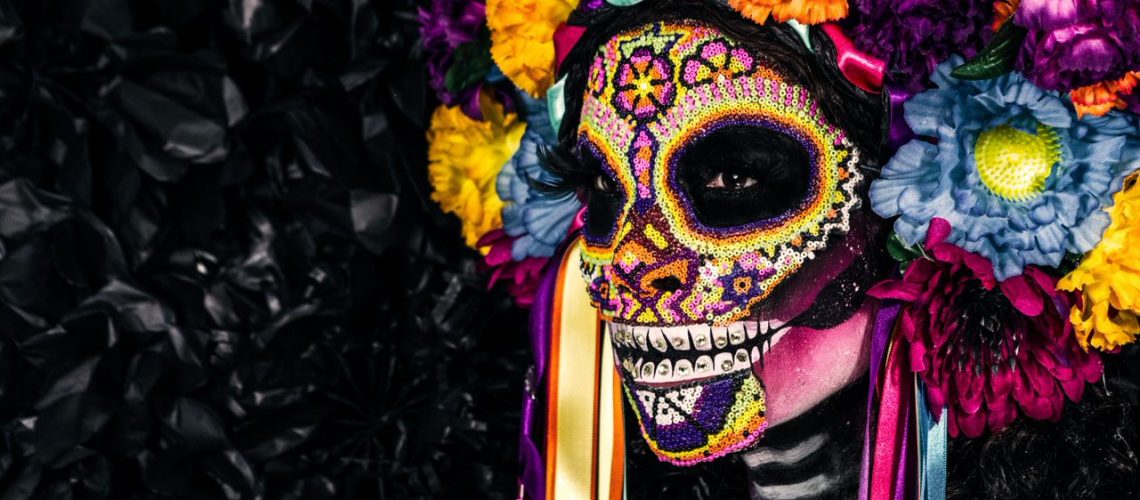In the wake of the Dia de Muertos celebrations that took place in Mexico this past weekend, we thought we could take this opportunity to explore the festival a little further, as well as shining the spotlight on a few other Mexican festivals for travellers to look out for in 2021. With a little help from our experts on the ground, let’s take a look at the fiestas of Mexico – the land where partying is still an art form.
Insight from Ro, our Designer and Cancun resident: “One thing to remember about Mexican festivals – they are all great because there will always be plenty of delicious Mexican treats for travellers to try!”
Dia de Muertos
Insight from Pepe, our Comms Manager and Playa del Carmen resident: “Dia de Meurtos is a fascinating mix of folklore and fantasy, spooky legends, traditions and yet modern elements too. Since we also incorporate American Halloween practices into the celebrations, the whole thing makes for a ‘terrorising’ few days.”
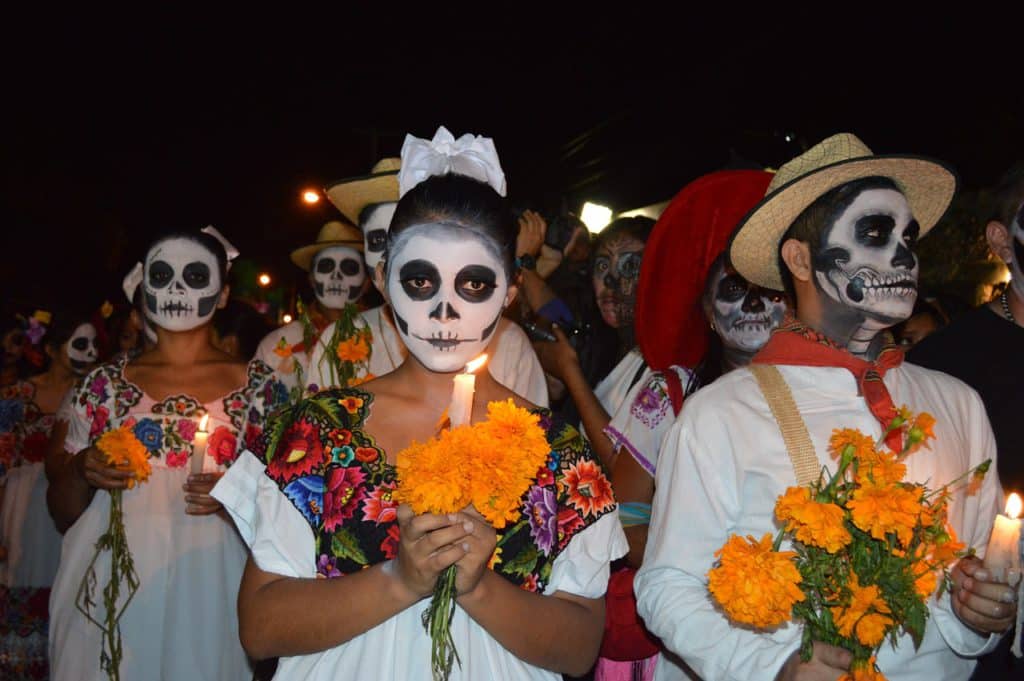
Dia De Muertos is more a celebration of life than of death – it’s a time to rejoice in stories and memories of loved ones who have passed. The festival is actually comprised of two days – November 1st is “Day of the Innocents”, focused on children and understandably quite solemn, then November 2nd being “Day of the Dead” – a more joyous celebratory occasion.
Graves are decorated with flowers, traditionally marigolds due to the strong scent to entice the souls to return to join in the party. If the aroma of the flowers doesn’t cut it, perhaps the treats laid out at the altars may convince the souls to join in. The treats are often chocolate or sugar skulls, and travellers can expect to see plenty of skulls decorating the places of celebration as well as the party-goers themselves.
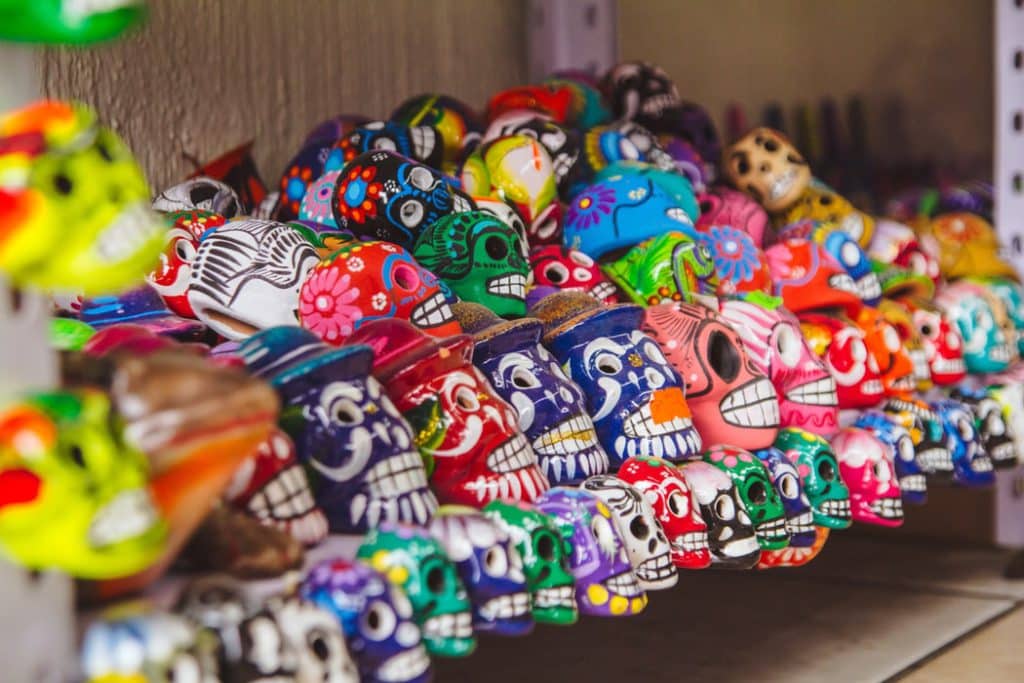
It is these crystal skulls that have transitioned into western Halloween celebrations, popularised too in movies like James Bond’s ‘Sceptre’ and Disney’s ‘Coco’: they generally seem to be the ‘face’ of the festival in western popular culture.
The festival has indigenous origins with it thought to have been ritually observed from around 2000 BCE, usually taking place in the summer. However, as with many festivals in Mexico, the ceremonies have been fused and intertwined with many Catholic aspects too. In fact, the reason for it occurring in November is to coincide with All Saints Day and All Souls Day.
The Mexico City area of Patzcuaro is the place to experience Dia de Muertos in the land of the living – there is no mourning here as the streets are packed bursting with life with Mexicans carrying the dead in their hearts.
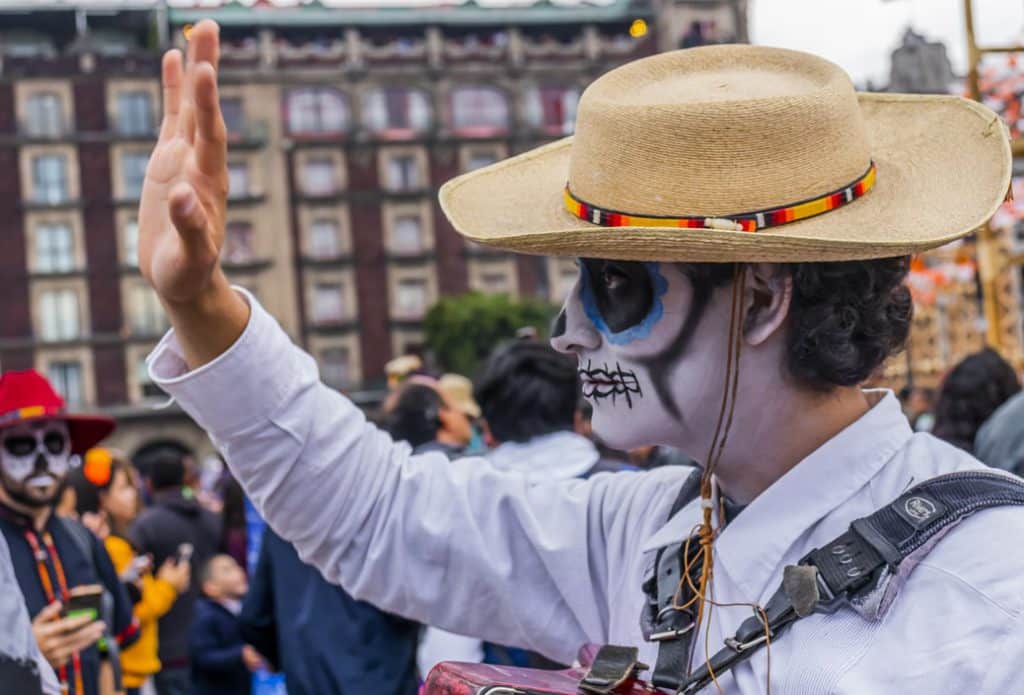
Las Posadas
Insight from Pepe: “Christmas season is very special in Mexico because everything, including our homes, is decorated for the whole month. Families gather on December 24th for dinner and also on the 25th for “recalentado” (the leftovers of dinner), and it tastes even better! I would share my Santa presents with my cousins and brothers, and it’s a very traditional way to celebrate Christmas.”
Las Posadas is a run of festivities in Mexico from December 16th to December 24th. As travellers can probably imagine, Mexican Christmases go above and beyond with their organised celebrations centred around Christian traditions, but also food, music, and partying.
The festival focuses on the journey of Mary and Joseph as they looked to seek refuge in Bethlehem – ‘posadas’ translates to shelter in English. To commemorate this, each night a procession is lead through towns by young children representing angels, shepherds, and other characters from the nativity scene, followed by adults and musicians. Often, there can even be Mary and Joseph, complete with a real donkey.
For nine consecutive nights, the procession is initially refused entry to selected homes – but thankfully the occupants relent into being good hosts, providing refreshments and a party-like atmosphere once access is granted. Often, there is a pinata in the shape of a star, filled with candy or money, broken by the children after mass has been held each day. Carols are sung, prayers are said, and after it all, it wouldn’t be a Mexican festival without a big feast!
This happens every night for the nine nights leading up to Christmas Eve! It is clear to see why Pepe described the Christmas season as ‘special’ in Mexico – and indeed a great time to visit for travellers to experience the mixture of pious reverence with the ever-constant desire for fun and festivity.
Carnaval
Carnaval in Mexico in 2021 will take place from the 10th to the 16th of February. It is everything you may expect from Carnaval – parades, costumes, fiestas, food, music and merriment – a week of joyous celebration and excess before the sobering month of Lent. This uninhibited celebration is understandably an exuberant time to visit for travellers, with those who are that way inclined with every excuse to dance, drink, and party until dawn.
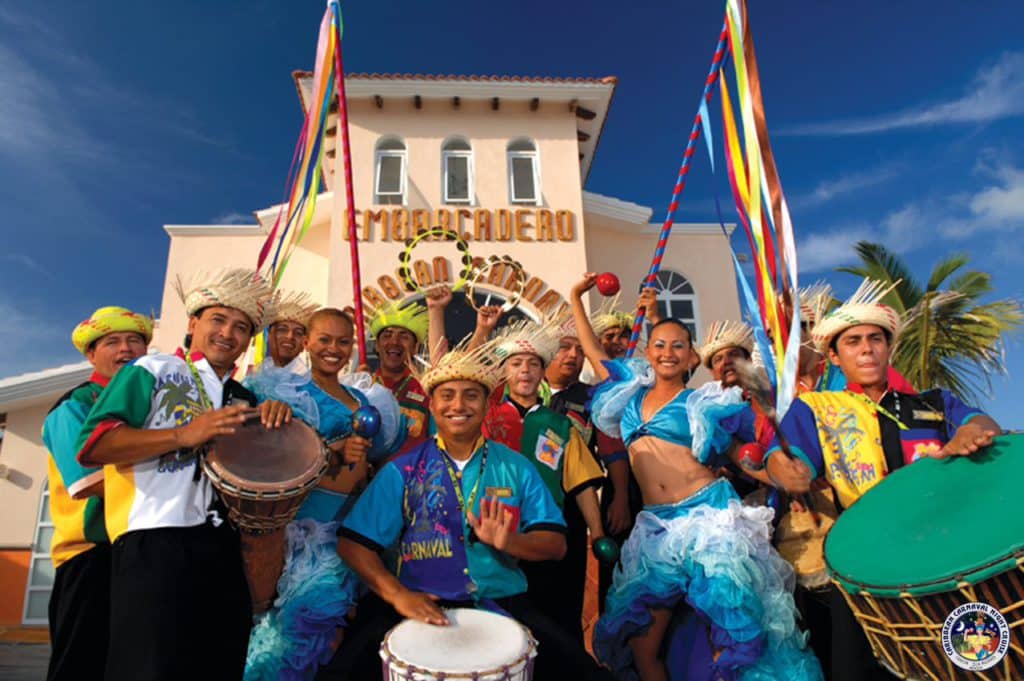
Insight from Pepe: “Almost every sea state celebrates Carnaval in a big way. Port cities like Veracruz or Mazatlan are among the most popular for travellers.”
In Veracruz and Mazatlan, festivals are huge affairs, with all the pageantry that goes along with Carnaval – these festivities are emblematic of the welcoming nature of those port cities. However, other carnivals are celebrated across the country with different tweaks and flavours – indigenous communities often include much more pre-hispanic elements in their procedures.
The burning of effigies is a characteristic of the more prominent festivals, to both begin and end the Carnaval. The beginning is called the Quema del Mal Humor, or the burning of the bad mood, and symbolises throwing away worries and concerns for the week ahead. The effigy is often an unpopular political figure, and a certain US President has been seen quite often in recent years. The final effigy on the last day, or Mardi Gras, is called Juan Carnival, and it symbolises the ending of all the disregard and revelry that had marked the week.
After travellers visit Mexico during Carnaval, perhaps they’ll all be prepared and in need of a month of fastidious refraining from fun!
Dia de la Independencia
Independence Day is celebrated in Mexico on September 16th each year. For travellers visiting at this time, expect to see fireworks, fiestas, food, flags, and flowers. For sure, the cities will be decorated in red, white, and green – the three colours of the Mexican flag. Expect plenty of noise on the streets as whistles are blowing, car horns are blaring, and cries of ‘Viva Mexico’ or ‘Viva la Independencia’ are shouted throughout the night.
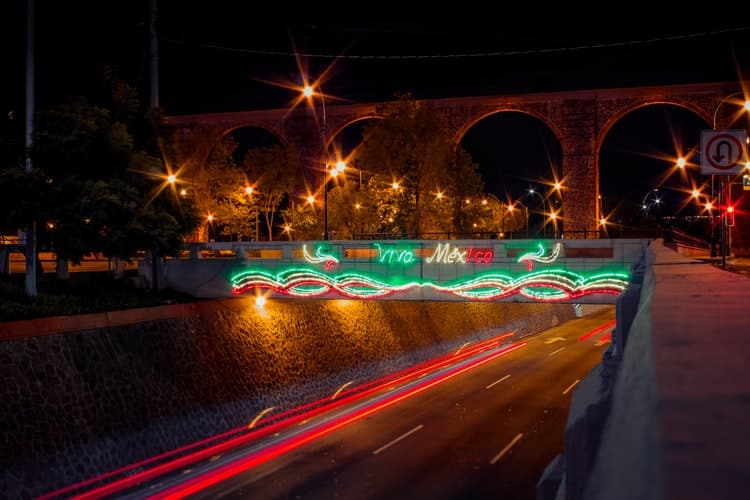
Independence Day celebrates the day Miguel Hidalgo, one of the nation’s leaders during its War of Independence, is believed to have made a cry to announce the country’s freedom – El Grito de Independencia. He is said to have rung a bell in the northern town of Dolores before making the famed announcement. As a result, in cities across the country, an official will be called upon to ring a bell to lead the party-goers in a unanimous cry of ‘Viva Mexico’ – a truly remarkable thing to witness and be a part of.
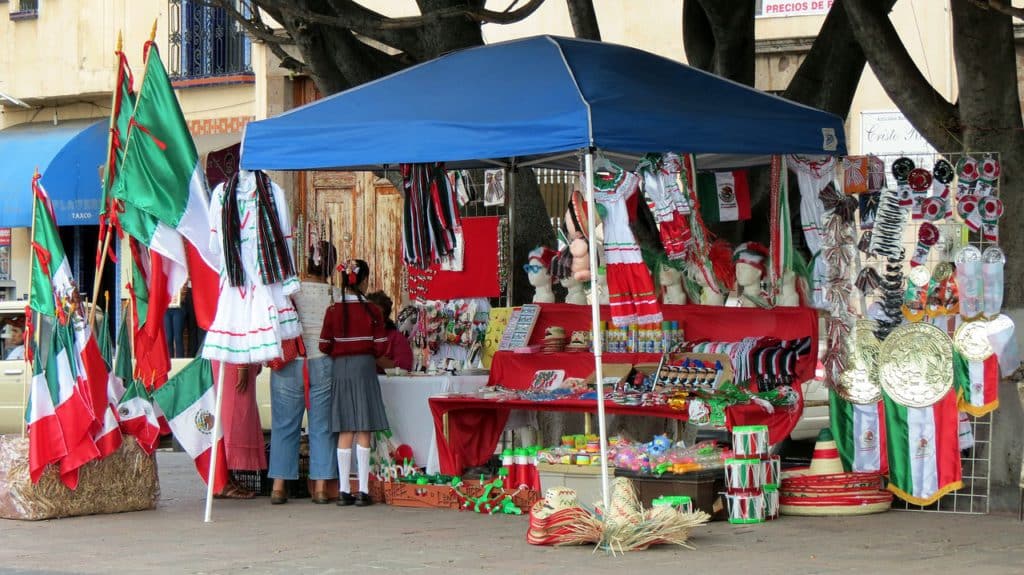
Travellers will enjoy visiting Mexico at this time for it is always interesting to see a country celebrate its independence. It is a time to be proud of tradition, culture, and history – and offers visitors a unique insight into how a destination defines itself.
The Mexican calendar is full of festivals and celebrations; an excuse for a good feast and a fiesta seems to always be around the corner. Of course, it is not only about fun, and the fervent Catholicism of the country means that many festivals are related to Christian holidays – resulting in the fascinating mix of reverence and revelling that compels visitors. Furthermore, the indigenous elements that have been incorporated into the festivities make for a real melting pot of experiences. Wherever and whenever travellers choose to visit Mexico, they are sure to find an occasion on which to witness the fun-loving spirit that defines its people and leave with a profound appreciation of their capacity for kindness and hospitality.
Mexico is currently open for tourists and has seen growing numbers of visitors in recent months to its tourist destinations. We want to help visitors experience the incredible festival spirit of Mexico. If you have any questions, please don’t hesitate to contact our teams.


